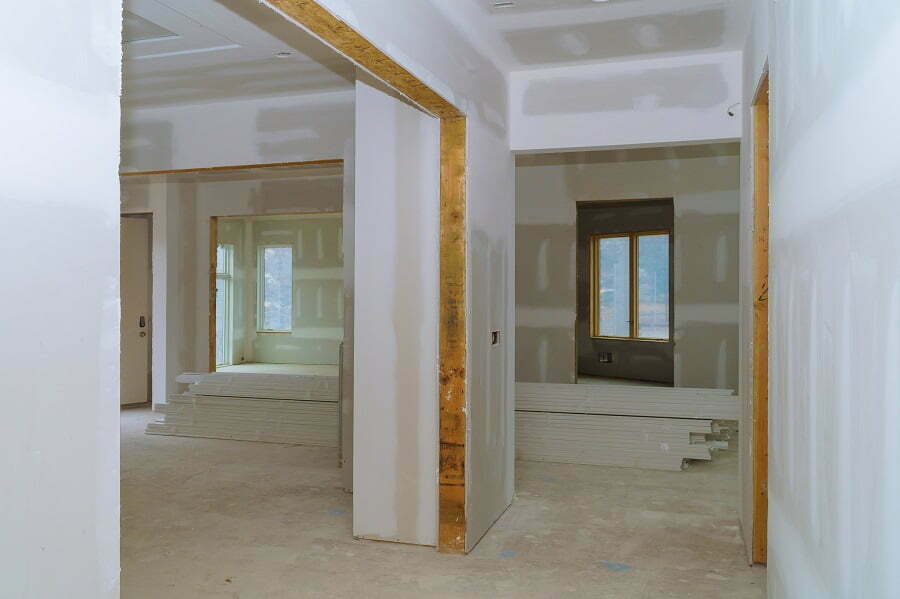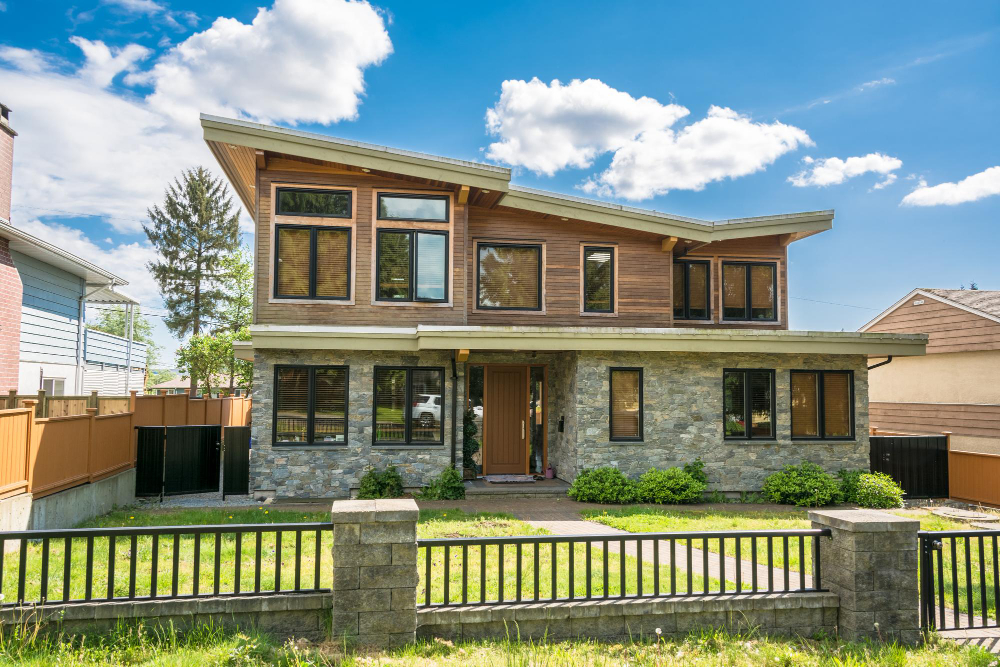Last updated on
Here are the first steps to start building a home from trees and getting the lumber for it. Read on!
Trees are suitable for every property in many ways. They release oxygen that people need and absorb carbon dioxide. Furthermore, they prevent soil erosion by keeping the soil intact. As natural windbreakers, trees shield structures from strong winds and heavy rain.
Property owners can also relax and unwind in their shade. On the other hand, trees can also be an excellent source of lumber. Hence, the property owner can build structures while cutting building costs.
If you have plenty of trees on your property and are considering constructing a home anytime soon, then look no further. This article will guide you through building a house out of trees. Therefore, you can start building right after reading this.
Evaluate
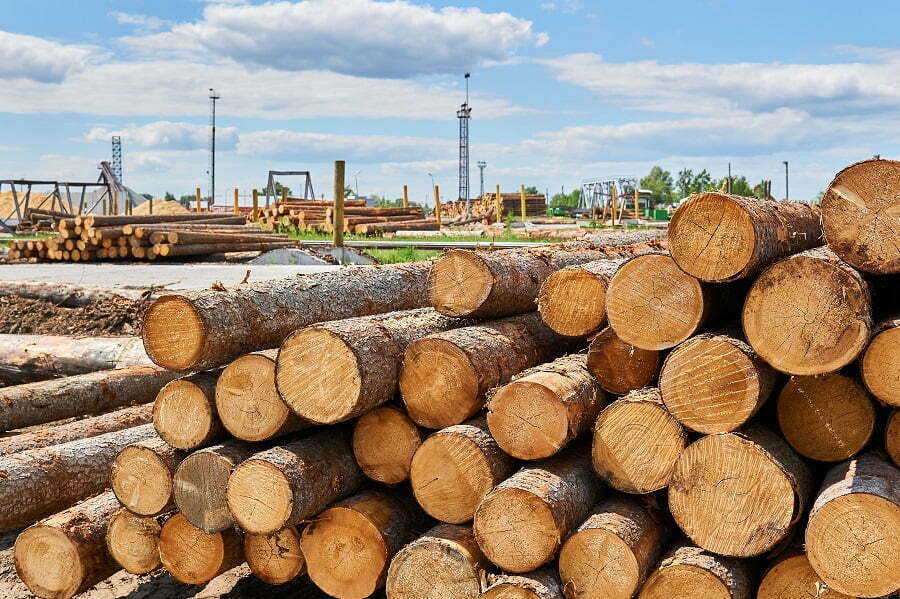
Assessing the trees in your yard is the first step in choosing appropriate trees for your project. You’ll need climbing gear and other arborist tools to determine if a tree is suitable. Generally, this will help you identify whether each tree is hardwood or softwood.
Hardwood is ideal for flooring, cladding, and paneling. They’re typically more durable, require minimal maintenance, and have low sap content. Examples of hardwoods include walnut, maple, and birch.
On the other hand, softwood is more versatile, making them suitable for windows, doors, ceilings, and feature walls. Generally, they make up for the aesthetic qualities of a building. Some commonly used softwoods are fir, cedar, and white pine.
Mark the Trees
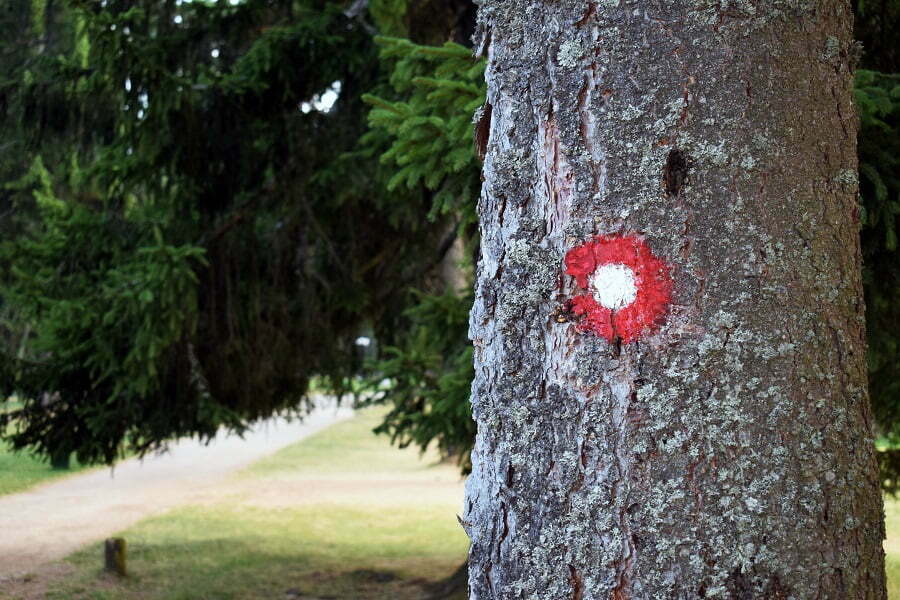
Marking the trees is the second level of choosing trees. In this step, you can use non-toxic paint or flag tape to mark the trees you’ll cut down.
As a rule of thumb, you need to select trees that are 12-foot-long or more and are three-foot-wide or more. Preferably, choose trees with at least 18 inches around their stump.
Furthermore, you should choose live and straight trees. Avoid picking twisted trees as they are more challenging to work on. However, you can repurpose these types to be used for the other details of your home, such as siding and fixtures.
Essentially, you should avoid selecting dead trees as they’re generally damaged and insect-infested, thus having low quality.
Cut Down
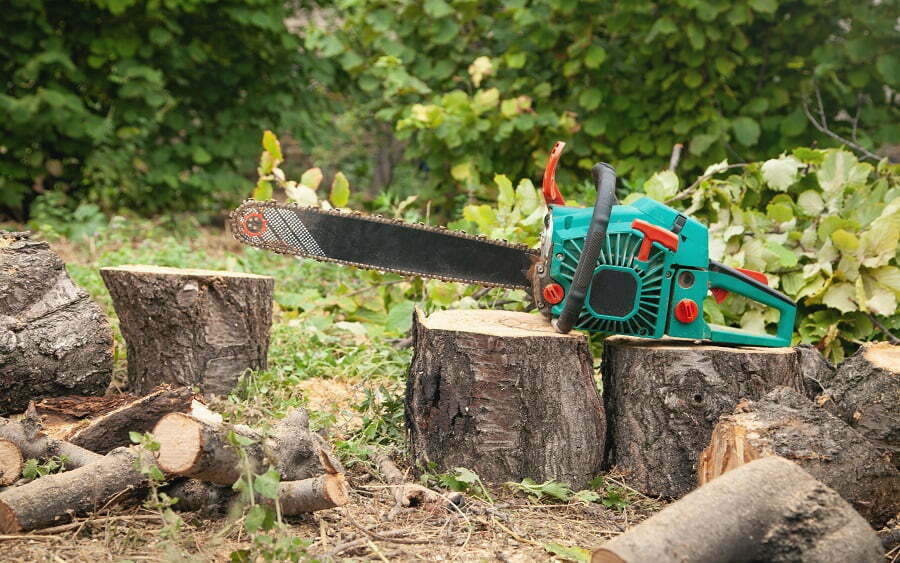
You can hire a pro or do the labor yourself when cutting down trees. You may wear chainsaw chaps to protect yourself in both ways while the trees are cut down.
Hiring a pro can be more expensive but can produce better results. Doing it yourself could be less costly but may take more time and produce inaccurate cutting.
Meanwhile, if you’re the one cutting your trees, you need to ensure that you’ve taken all safety precautions before the activity. You may need to cut a deeper notch at the tree’s base on the side where you want the tree to fall.
To do this, cut a chunk gradually on the opposite side—the part nearer to you. You can alternately cut a portion of the notches until the trees slowly incline and fall on your chosen side. Move away as quickly as you can the moment the tree is about to fall as it may snap back and hit the opposite side.
Paint the Logs’ Ends
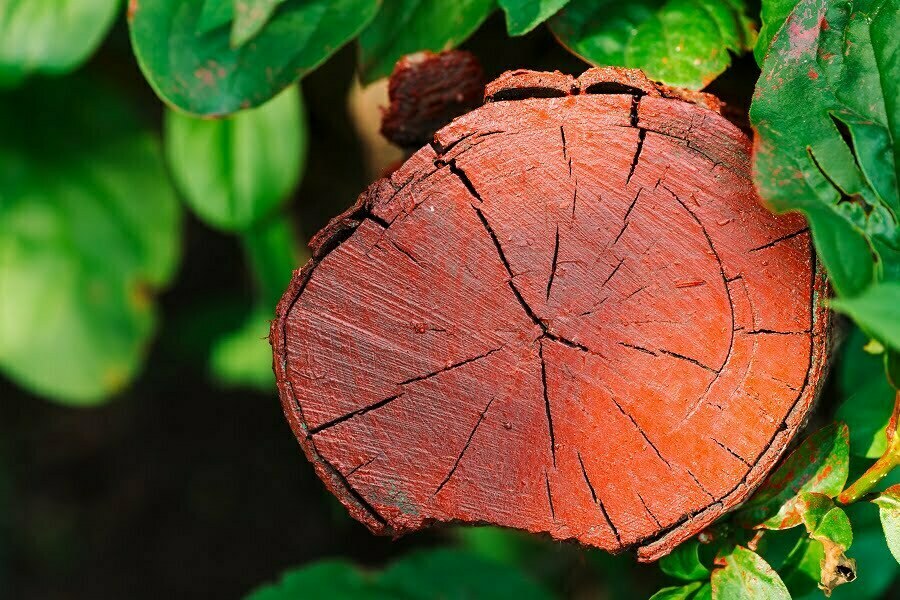
After cutting the trees, the ends tend to dry more quickly than the middle of the log. When this happens, the ends will possibly have cracks or split.
To prevent this from happening, painting the logs’ ends is necessary. To do so, you can use a broad brush or rag and a petroleum-based sealant that you can buy from lumberyards or supply stores.
If you’re looking for a less expensive option, you may try shingle oil. For the best results, you can paint the logs’ ends right after cutting them. If you choose to hand-peel the logs, you can also apply the sealant to all of the log’s parts.
Transport the Trees or Rent a Portable Sawmill
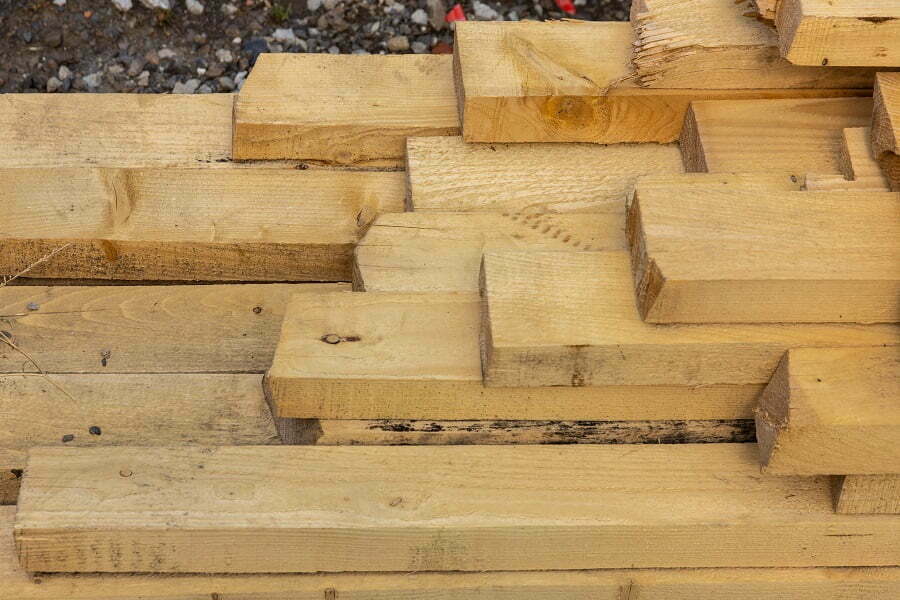
After sealing the logs’ ends, you can hire a truck to transport the logs into the sawmill or rent a portable sawmill. The two options vary in terms of costs, depending on the volume of the logs. However, hiring a transport truck can save all the troubles of hauling and off-loading the logs.
On the other hand, renting a sawmill can provide a better way to monitor the cutting of the logs into planks and boards. In this option, you can oversee the different sizes you need.
You may also choose early timber that will fit the areas of your home, such as the foundation, beams, trusses, doors, windows, and flooring, right after the cutting.
The Takeaway
Trees are excellent sources of wood for home construction. If you have some on your property, you can use them to build a house. For more ideas, you may ask seasoned carpenters about the types and qualities of wood that will best suit your new house.
Related reading:
Table of Contents

